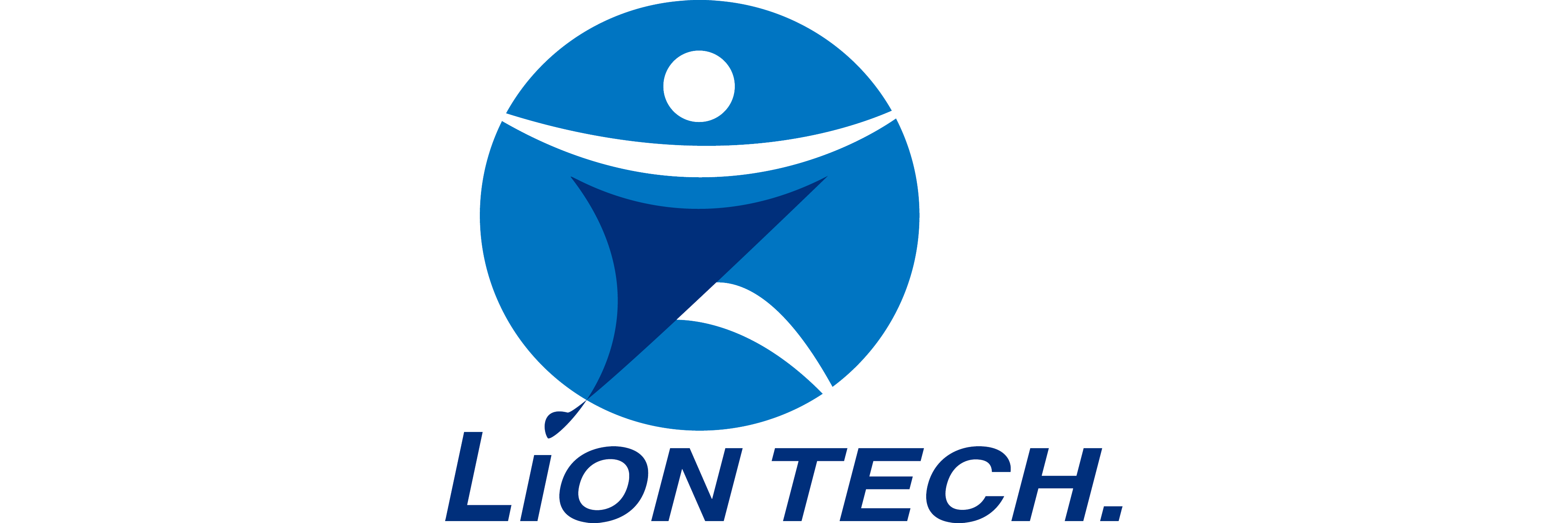Since this year, many states in the United States have greatly strengthened their supervision of electronic waste. Among them, Connecticut, Minnesota, North Carolina, Oregon and Texas have all passed similar electronic waste management regulations. Previously, eight states including Arkansas, California, Maine, Maryland, Massachusetts, New Hampshire, Rhode Island and Washington State had implemented relevant regulations. In the medium term, more states will legislate to regulate e-waste. As more and more states formulate their own e-waste laws, the United States needs to formulate federal laws in this regard, or implement uniform national standards through various relevant parties. A brief summary of the electronic waste laws passed by many states in the United States is as follows: Minnesota (MINNESOTA) Starting from September 1, 2007, all new video display equipment must bear a clear and permanent manufacturer's trademark, and the manufacturer must also Participate in the annual registration program run by state government authorities, otherwise the equipment may not be sold to retailers. Starting September 1, 2008, manufacturers must submit annual reports to state authorities showing the retail sales of video equipment containing hazardous substances that exceed EU standards. Video display equipment refers to televisions and computer monitors sold to households, including laptop computers, with screens exceeding 9 inches diagonally. Connecticut (CONNECTICUT) Starting from January 1, 2008, all regulated electronic equipment must bear a clear and permanent manufacturer's trademark, and manufacturers must also participate in the annual registration program implemented by state government authorities.
